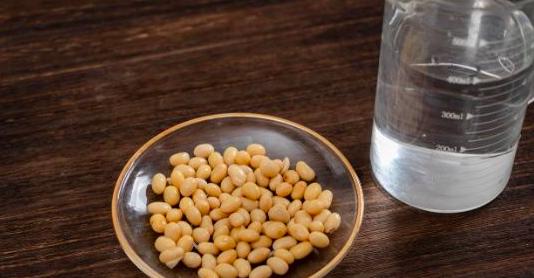How to Make Perfect Soy Milk at Home
A comprehensive guide to making delicious soy milk, covering everything from selecting soybeans to perfecting cooking techniques. Learn the secrets behind achieving that traditional taste and silky smooth texture that rivals street vendors.

The art of making soy milk has fascinated Chinese culinary enthusiasts for generations. There are fundamentally two types of soy milk preparations in traditional Chinese cuisine: raw soybean milk and cooked soybean milk. Each offers distinct characteristics that appeal to different palates.
Raw soybean milk, made from uncooked soybeans, delivers a clean, pure bean flavor with a light, refreshing taste. The process begins with soaking the soybeans, typically for 8-12 hours, which is crucial for achieving the right texture. Using cold water during blending helps preserve the natural bean essence and creates a smoother consistency.
The optimal water-to-bean ratio has been determined through extensive testing. For raw soybean milk, the ideal proportion is 10:1 (water to soybeans). This creates a perfectly balanced drink that’s neither too thick nor too thin. For cooked soybean milk, a 3:1 ratio works best, accounting for the beans' absorption of water during cooking.
The choice of equipment matters significantly. While traditional stone mills produce excellent results, modern soy milk makers can achieve comparable quality when used correctly. The key is controlling the temperature during processing - lower temperatures preserve more of the natural soybean flavor compounds.
Bean selection proves crucial for quality. Contrary to popular belief, specially marketed “soy milk soybeans” often disappoint. Traditional heirloom varieties, particularly those from small farms in China’s agricultural regions, typically produce superior results. Look for plump, bright-colored beans without blemishes or wrinkles.
To achieve that coveted traditional taste, particularly the subtle roasted aroma found in street vendor soy milk, the cooking process requires careful attention. The secret lies in creating a controlled Maillard reaction during cooking, which develops complex flavors without burning. This typically involves a brief high-heat phase followed by gentle simmering.
For those concerned about the beany taste some find objectionable, several solutions exist. Adding complementary ingredients like black sesame or peanuts can mask it naturally, while proper soaking and temperature control during processing help minimize it from the start.
Cleaning and maintenance of equipment deserves special attention. Using stainless steel or ceramic pots makes cleanup easier, and immediate rinsing after use prevents stubborn residue formation. A proper straining setup using fine-mesh filters ensures smooth, professional-quality results.
When done correctly, homemade soy milk offers a nutritious, satisfying beverage that captures the authentic taste of traditional Chinese breakfast stands. With practice and attention to detail, anyone can master this fundamental element of Chinese cuisine.